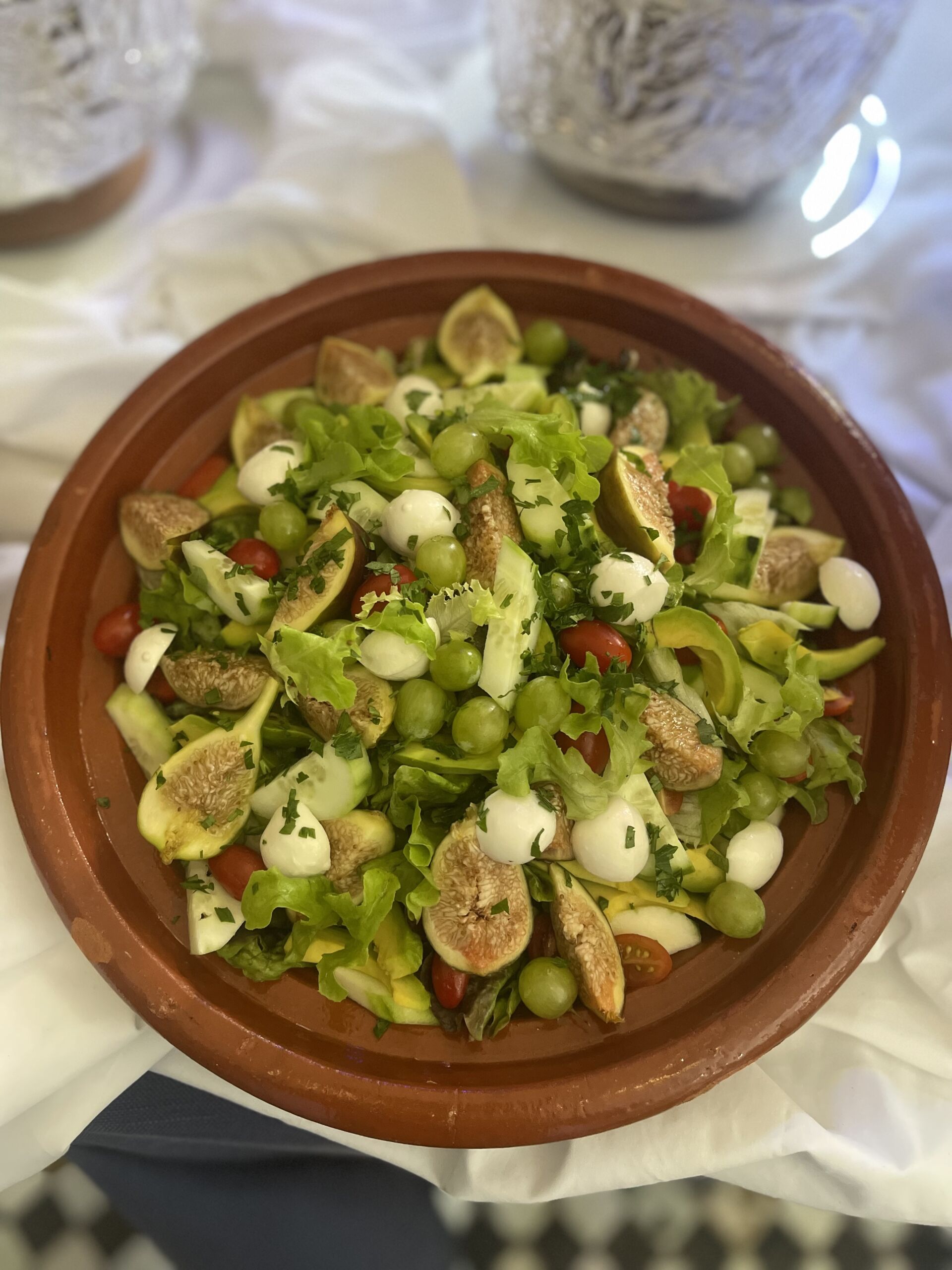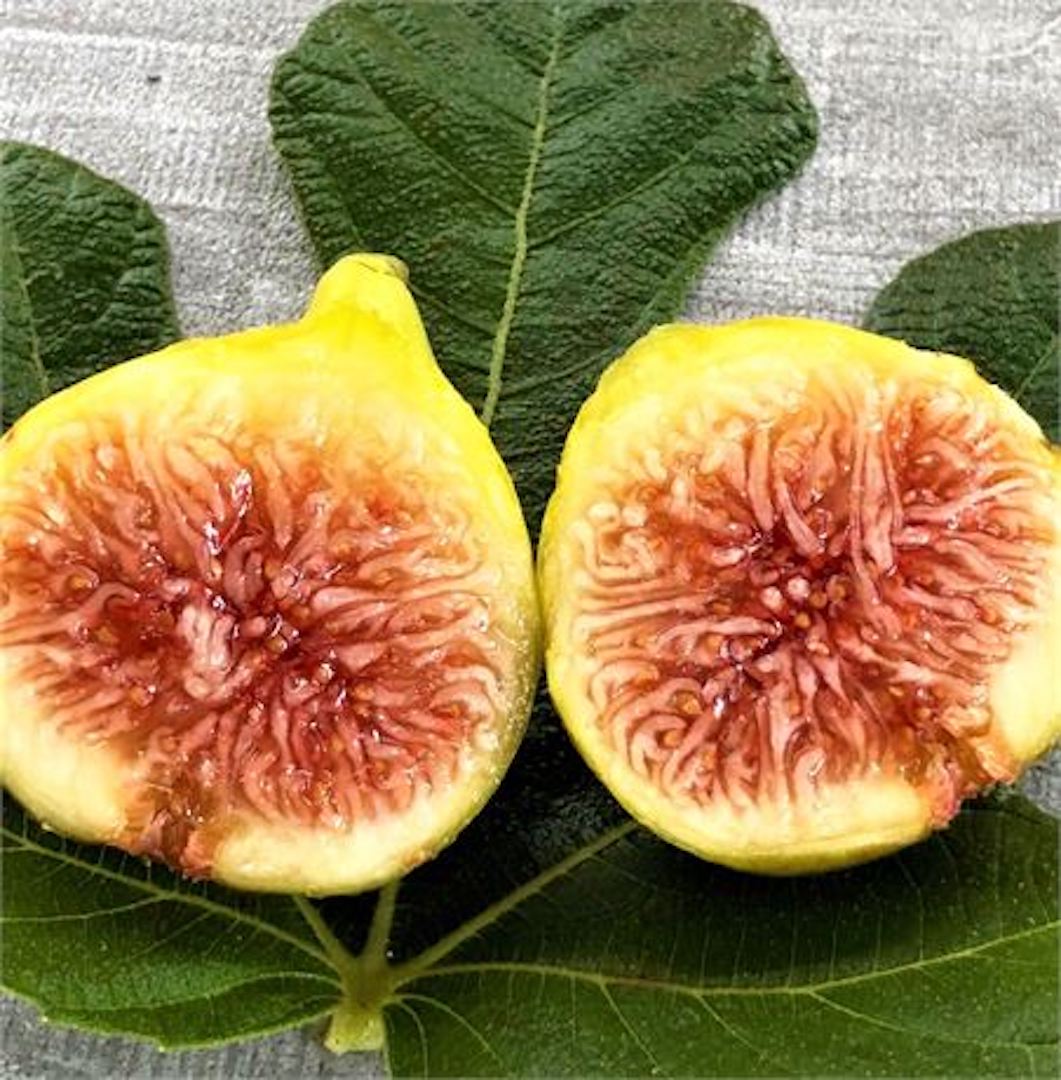

September in Fez: Celebrating figs in Moroccan Cuisine
September marks a time of transition in Fez. The city slows its pace, settling into a calm rhythm as it prepares for autumn. It is also the peak of the harvest season, when the surrounding countryside yields an abundance of sweet, seasonal produce. Among them, one fruit stands out above all: the fig.
A Fruit Rooted in Heritage
The fig is more than a simple fruit—it is a symbol of generosity and abundance in Moroccan culture. For centuries, families around Fez have cultivated figs in the fertile valleys, eagerly awaiting the September harvest. Offering the sweet harvest to guests is a time-honoured tradition, a gesture of hospitality deeply woven into the city’s cultural fabric.
A Feast for the Senses in the Medina
In September, the souks of Fez overflow with autumn fruit of every kind:
- Green figs with a soft texture and honey-like sweetness.
- Purple figs known for their rich flavour and deep colour.
- Dried figs, strung into garlands and often paired with almonds or walnuts for winter.
Walking through the market, visitors are enveloped by a heady mix of aromas—fresh bread, fragrant spices, and ripe fruit—a sensory experience that captures the essence of Fassi life.
The Fig in Moroccan Cuisine
Figs enrich Moroccan cuisine in both simple and refined ways:
- Served fresh with mint tea or as a light dessert.
- Cooked into a tajine with lamb and almonds, balancing savoury and sweet.
- Preserved in jams, carrying the flavour of September throughout the year.

